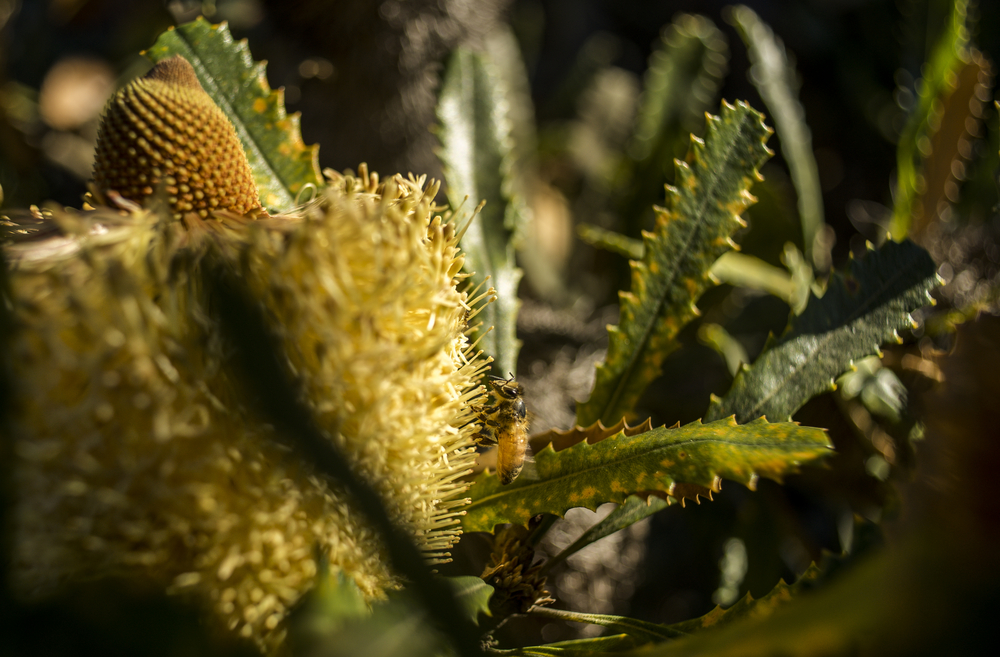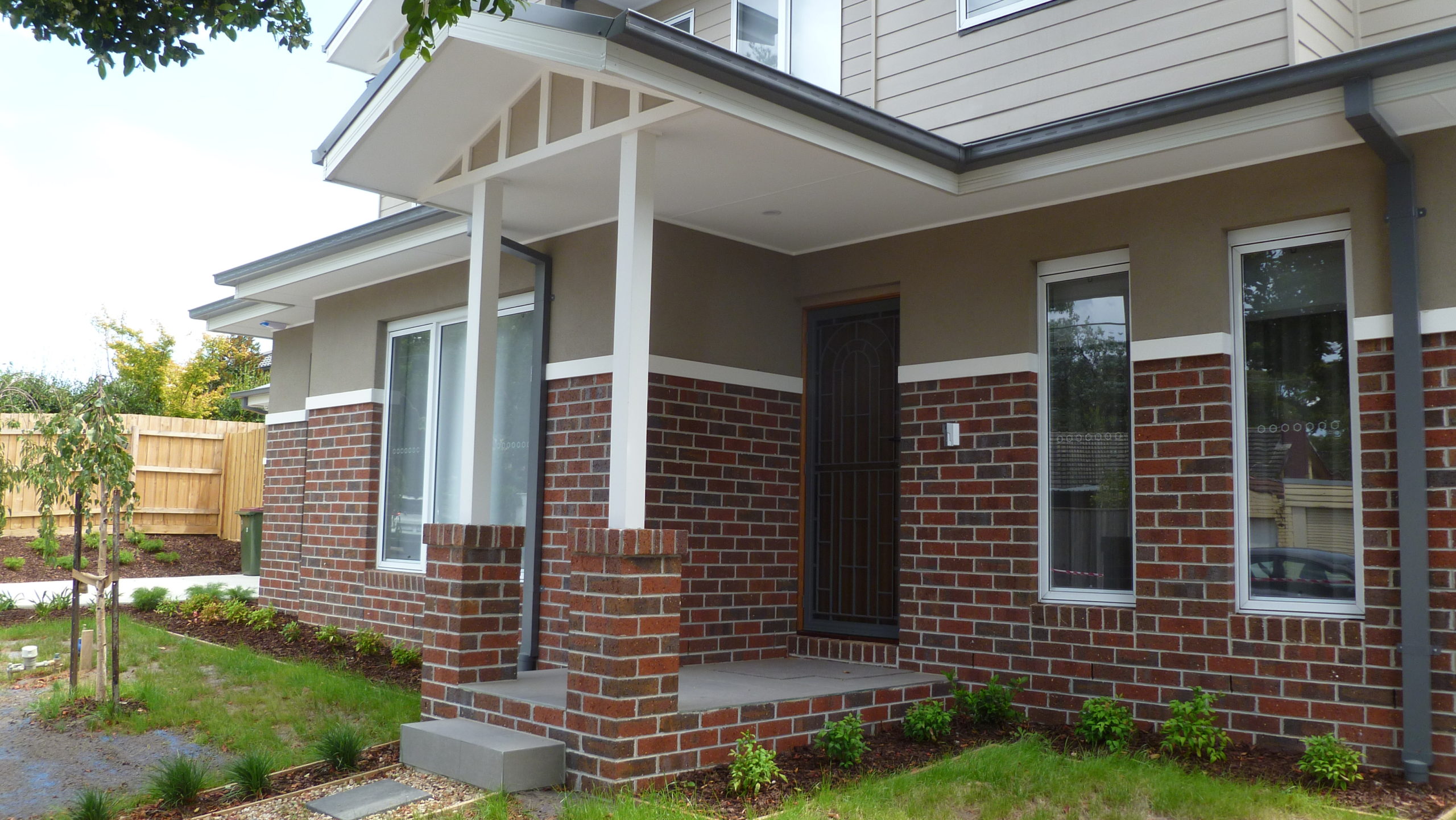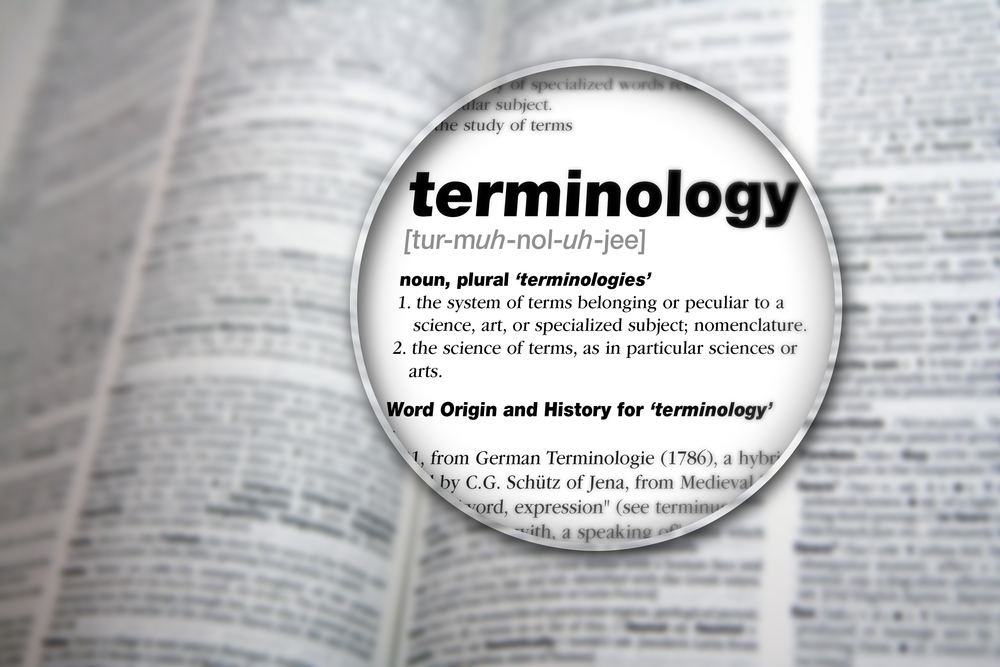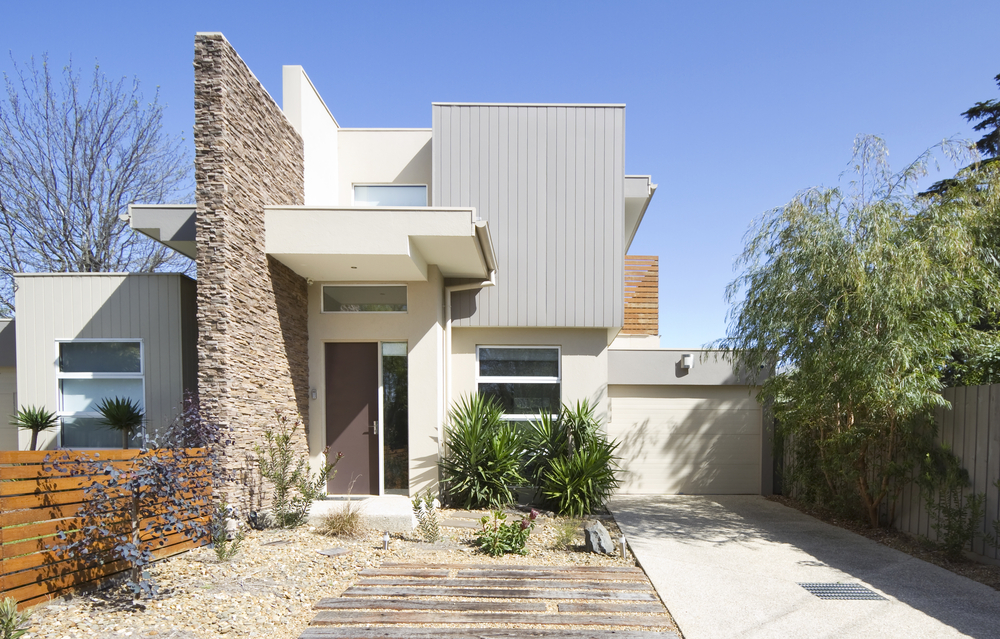Formal gardens are considered one of the most prominent styles of gardens in Australia. Influenced by the landscape designs of Europe, formal gardens have well-defined lines, clear structure, and in most cases a symmetrical layout. These elements combined with a favourable selection of shaped plants and tidy garden beds give a formal appearance, hence the name.
Formal gardens have been around for a long time and relate well to some of Australia’s older architecture and heritage. Formal gardens have a simple, structural nature that complements traditional and contemporary homes.
What are some of the design elements of formal gardens?
There are certain elements that are characteristic of a formal garden, which include:
Good Bones
The layout and geometry of the formal garden is one of its distinct features. There should be an emphasis on straight lines, angles, and circles with balanced proportions. This not only helps achieve a sense of calm but also ensues the garden will withstand short-term fashion changes.
Classic Plant Varieties
Planting is integral to how a formal garden looks and feels. The use of symmetrical plant and sculptural forms like hedges reinforce the layout of the garden.
Repetition
Repetition gives a sense of structure and cohesion throughout the space.
Ornamental Features
The use of sculptures, statues and water features create a focal point and visual impact in a formal garden.
Restraint
Restraint is often referred to the best lesson when it comes to garden design. Avoid using too many objects, plant species or colours that may over-complicate the design.
Formal Gardens and Australian Native Plants
Traditionally, formal gardens have featured classic plants with lush green foliage such as Buxus, Robinia, Camellias and Star Jasmine.
Until recently, very few native plants were used in formal gardens however now more people are designing their formal gardens using Australian natives.
Australian native plants such as Lilly Pilly, Grevillea, Hibiscus, Callistemon, Correa Alba, Acacia and Rosemary are all good choices when it comes to selecting native plants for a formal garden.
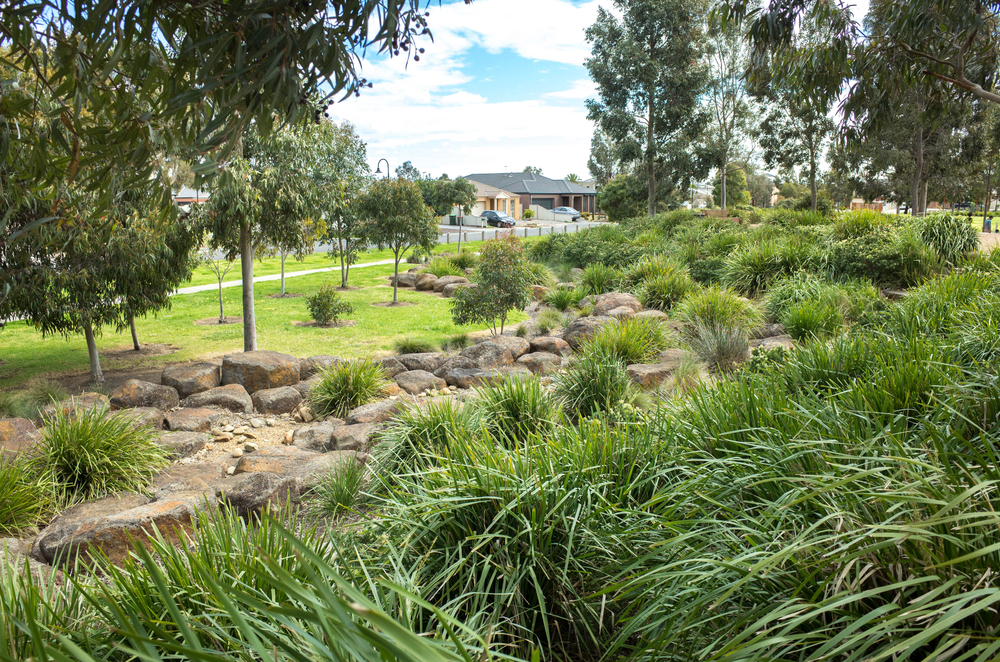
Benefits of Using Australian Native Plants in a Formal Garden
There are many benefits to using Australian natives in formal gardens, these include:
- They are hardy and can withstand rigorous pruning such as topiary shaping, hedging etc.
- They require little maintenance and do not require constant watering.
- Most native Australian plants feature a vast range of foliage, colour, shape, and texture which fits in well with the formal garden’s design principle of restraint.
- They are mainly evergreen ensuring that the formal garden looks good all year round.
To discuss your garden design needs contact Lateral Building Design’s experienced landscape designer Liza on 9729 4973.

